Welcome
Welcome to the Monarch Butterfly Gantry, a captivating haven where the delicate beauty of nature takes center stage. Nestled within the heart of environments teeming with biodiversity, the Monarch Butterfly Gantry serves as a sanctuary and a spectacle for one of the most enchanting species – the monarch butterfly. This extraordinary structure stands as a testament to the efforts in preserving and celebrating the unique life cycle of these remarkable creatures. As you step into this mesmerizing world, you'll witness the intricate dance of vibrant butterflies, marvel at their stunning metamorphosis, and gain a profound appreciation for the delicate balance of ecosystems. Join us on this journey into the enchanting realm of the Monarch Butterfly Gantry, where conservation, education, and the awe-inspiring beauty of nature converge.
Beyond its role as a visual spectacle, the Monarch Butterfly Gantry is a vital hub for environmental education and conservation efforts. This haven is not merely a showcase of the butterflies' ephemeral grace but a beacon for awareness and understanding. Visitors are invited to delve into the fascinating world of monarch butterflies, learning about their migratory patterns, life cycles, and the critical role they play in maintaining ecological balance. Interactive exhibits, guided tours, and educational programs are seamlessly integrated, fostering a sense of environmental stewardship and inspiring a collective commitment to preserving these magnificent creatures and the ecosystems they inhabit. The Monarch Butterfly Gantry stands not only as a testament to the delicate beauty of nature but as a catalyst for a deeper connection between humanity and the fragile wonders that grace our world.


Become a Monarch Butterfly Whisperer!

Testimonials


Zoey H.

What a delicious shrimp cocktail! Excellent service. I'll be back to try other dishes.



Emma C.

February is one of the best times of the year to visit the Monarchs during their migration! They are magnificent!!!!!!!



Maya R.

We went there on Mon. Nov. 20 ,2023. Very pretty area. Nice to see the butterflies flying all around. It was peaceful. The parking was alongside the road, both sides.



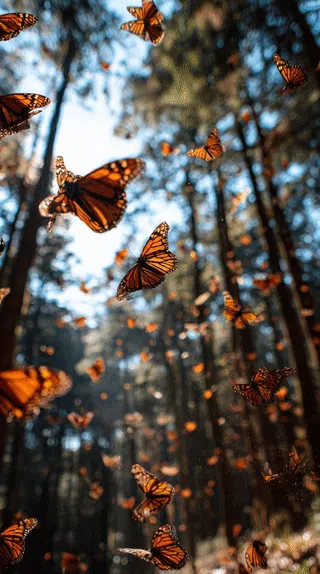










About A Monarch Butterflies


Monarch Butterfly Gantry is located in
Old Town San Clemente California.
HISTORY
A butterfly garden is a carefully cultivated space designed to attract and support butterflies throughout their life cycle. This vibrant haven features an array of nectar-rich flowers in various colors, providing sustenance for adult butterflies, while also incorporating specific host plants essential for the survival of caterpillars. Placed in a sunny location to offer warmth, the garden includes sheltered spots for resting and basking, along with a shallow water source for hydration. Embracing biodiversity, a well-planned butterfly garden becomes a flourishing habitat that not only captivates with its colorful blooms and fragrances but also plays a crucial role in butterfly conservation. By avoiding pesticides and adopting butterfly-friendly practices, this garden becomes a sanctuary, inviting the delicate beauty of butterflies into our outdoor spaces.
This vibrant haven features an array of nectar-rich flowers in various colors, providing sustenance for adult butterflies, while also incorporating specific host plants essential for the survival of caterpillars. Placed in a sunny location to offer warmth, the garden includes sheltered spots for resting and basking, along with a shallow water source for hydration. Embracing biodiversity, a well-planned butterfly garden becomes a flourishing habitat that not only captivates with its colorful blooms and fragrances but also plays a crucial role in butterfly conservation. By avoiding pesticides and adopting butterfly-friendly practices, this garden becomes a sanctuary, inviting the delicate beauty of butterflies into our outdoor spaces.

Butterfly gardening is a way to create, improve, and maintain habitat for lepidopterans including butterflies, skippers, and moths. Butterflies have four distinct life stages—egg, larva, chrysalis, and
adult. In order to support and sustain butterfly populations, an ideal butterfly garden contains habitat for each life stage. Butterfly larvae, with some exceptions such as the carnivorous
harvester (Feniseca tarquinius) , consume plant matter and can be generalists or specialists. While butterflies like the painted lady (Vanessa cardui)
are known to consume over 200 plants as caterpillars, other species like the monarch (Danaus plexippus), and the regal fritillary (Speyeria idalia)only consume plants in one genus, milkweed and violets , respectivel
Asclepias is a genus of herbaceous, perennial, flowering plants known as milkweeds, named for their latex, a milky substance containing cardiac glycosides termed cardenolides, exuded where cells are damaged. Most species are toxic to humans and many other species, primarily due to the presence of cardenolides. However, as with many such plants, some species feed upon them (e.g. their leaves) or from them (e.g. their nectar). The most notable of them is the monarch butterfly, which uses and requires certain milkweeds as host plants for their larvae.
Butterfly Bush (Buddleja davidii): This shrub produces fragrant flowers that are particularly attractive to butterflies.
Marigold (Tagetes): Besides being colorful, marigolds can attract butterflies with their nectar-
and others from various Spanish phrases.
Coneflower (Echinacea purpurea): Known for its medicinal properties, coneflower also attracts butterflies with its vibrant pinkish-purple blooms.
Salvia (Salvia spp.): Many species of salvia, including the popular 'Black and Blue' variety, are excellent for attracting butterflies.
Joe-Pye Weed (Eutrochium purpureum): A native perennial, Joe-Pye weed produces clusters of pinkish-purple flowers that butterflies love.
Aster (Asteraceae): Fall-blooming asters are particularly valuable as a late-season nectar source for butterflies.
Water Stations: Butterflies require water not only for drinking but also for extracting essential minerals. Butterfly gardens may include shallow dishes with wet sand or stones as water stations.
Butterflies are ectothermic, meaning they rely on external soLepidoptera/ˌlɛpɪˈdɒptərə/ LEP-ih-DOP-tər-e) or lepidopterans is an order of winged insects that includes butterflies and moths. About 180,000 species of the Lepidoptera have been described, representing 10% of the total described species of living organisms, making it the second largest insect order (behind Coleoptera) with 126 families and 46 superfamiliesand one of the most widespread and widely recognizable insect orders in the world. Sources of heat to regulate their body temperature. Butterfly gardens are often situated in sunny locations to provide the warmth needed for these cold-blooded creatures.
The butterfly life cycle, or metamorphosis, consists of four distinct stages: egg, larva (caterpillar), pupa (chrysalis), and adult. The cycle begins with a female butterfly laying tiny eggs on host plants, which are specific to each butterfly species. From these eggs hatch caterpillars, voracious eaters that consume leaves and grow rapidly. The larval stage is followed by the formation of a pupa, or chrysalis, where the caterpillar undergoes a transformative process inside a protective casing. Finally, the adult butterfly emerges from the chrysalis, unfolding its wings and completing the cycle. This remarkable process symbolizes growth, transformation, and the beauty of nature, making butterflies not only pollinators but also captivating symbols of change and renewal.
Butterflies are winged insects from the lepidopteran suborder Rhopalocera, characterized by large, often brightly coloured wings that often fold together when at rest, and a conspicuous, fluttering flight. The group comprises the superfamilies Hedyloidea (moth-butterflies in the Americas) and Papilionoidea (all others). The oldest butterfly fossils have been dated to the Paleocene, about 56 million years ago, though they may have originated earlier.
Many populations of Lepidoptera butterflies moths)migrate ,sometimes long distances, to and from areas which are only suitable for
part of the year. Lepidopterans migrate on all continents except Antarctica, including from or within subtropical and tropical areas. By migrating, these species can avoid unfavorable circumstances, including weather, food shortage, or over-population. In some lepidopteran species, all individuals migrate; in others, only some
migrate.
Butterflies are often polymorphic, and many species make use of camouflage, mimicry, and aposematism to evade their predators.[1] Some, like the monarch and the painted lady, migrate over long distances. Many butterflies are attacked by parasites or parasitoids, including wasps, protozoans, flies, and other invertebrates, or are preyed upon by other organisms. Some species are pests because in their larval stages they can damage domestic crops or trees; other species are agents of pollination of some plants. Larvae of a few butterflies (e.g., harvesters) eat harmful insects, and a few are predators of ants, while others live as mutualists in association with ants. Culturally, butterflies are a popular motif in the visual and literary arts. The Smithsonian Institution says "butterflies are certainly one of the most appealing creatures in nature".
Many butterflies, such as the painted lady, monarch, and several danaine migrate for long distances. These migrations take place over a number of generations and no single individual completes the whole trip. The eastern North American population of monarchs can travel thousands of miles south-west to overwintering sites in Mexico. There is a reverse migration in the spring. It has recently been shown that the British painted lady undertakes a 9,000-mile round trip in a series of steps by up to six successive generations, from tropical Africa to the Arctic Circle — almost double the length of the famous migrations undertaken by monarch.
Spectacular large-scale migrations associated with the monsoon are seen in peninsular India. Migrations have been studied in more recent times using wing tags and also using stable hydrogen isotopes.
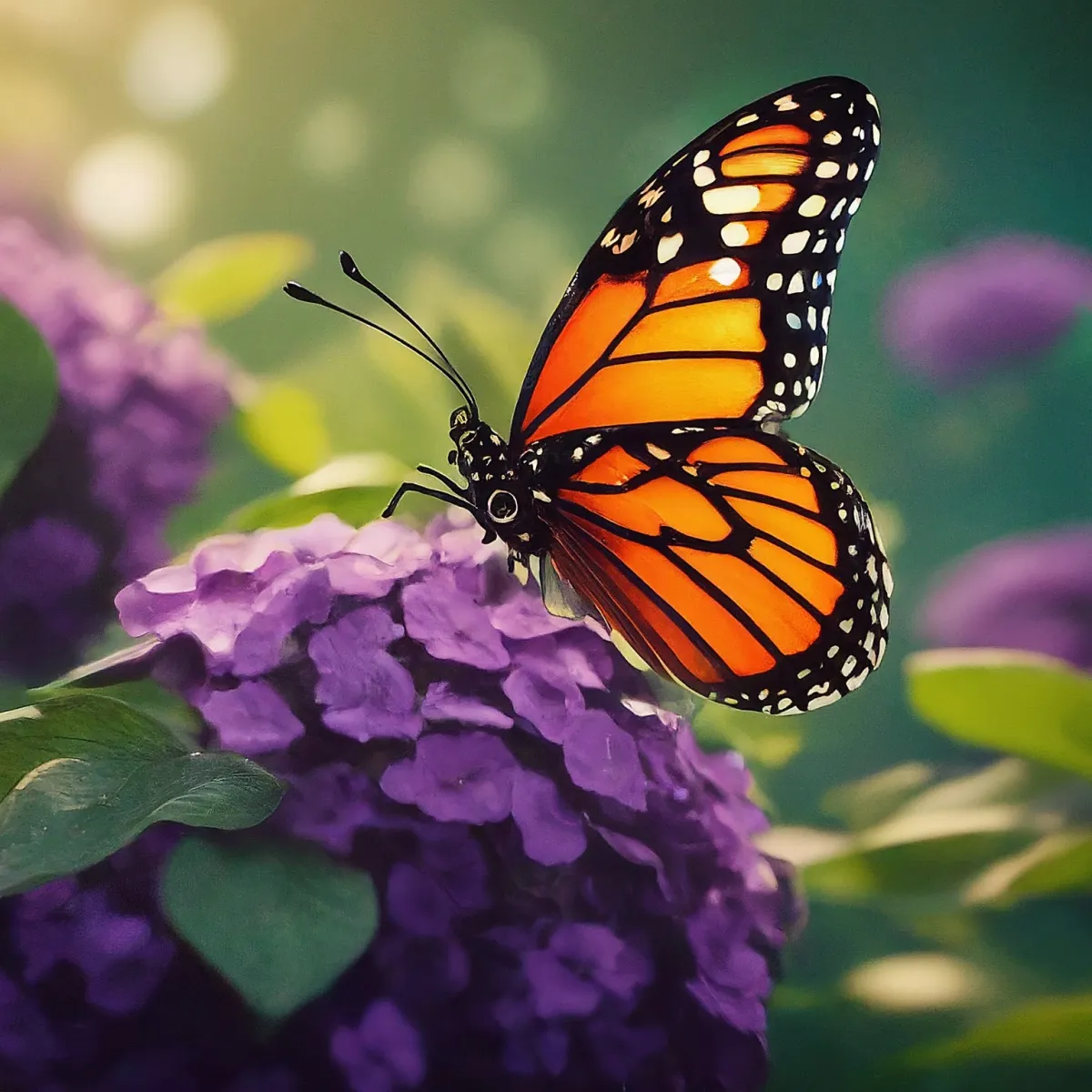
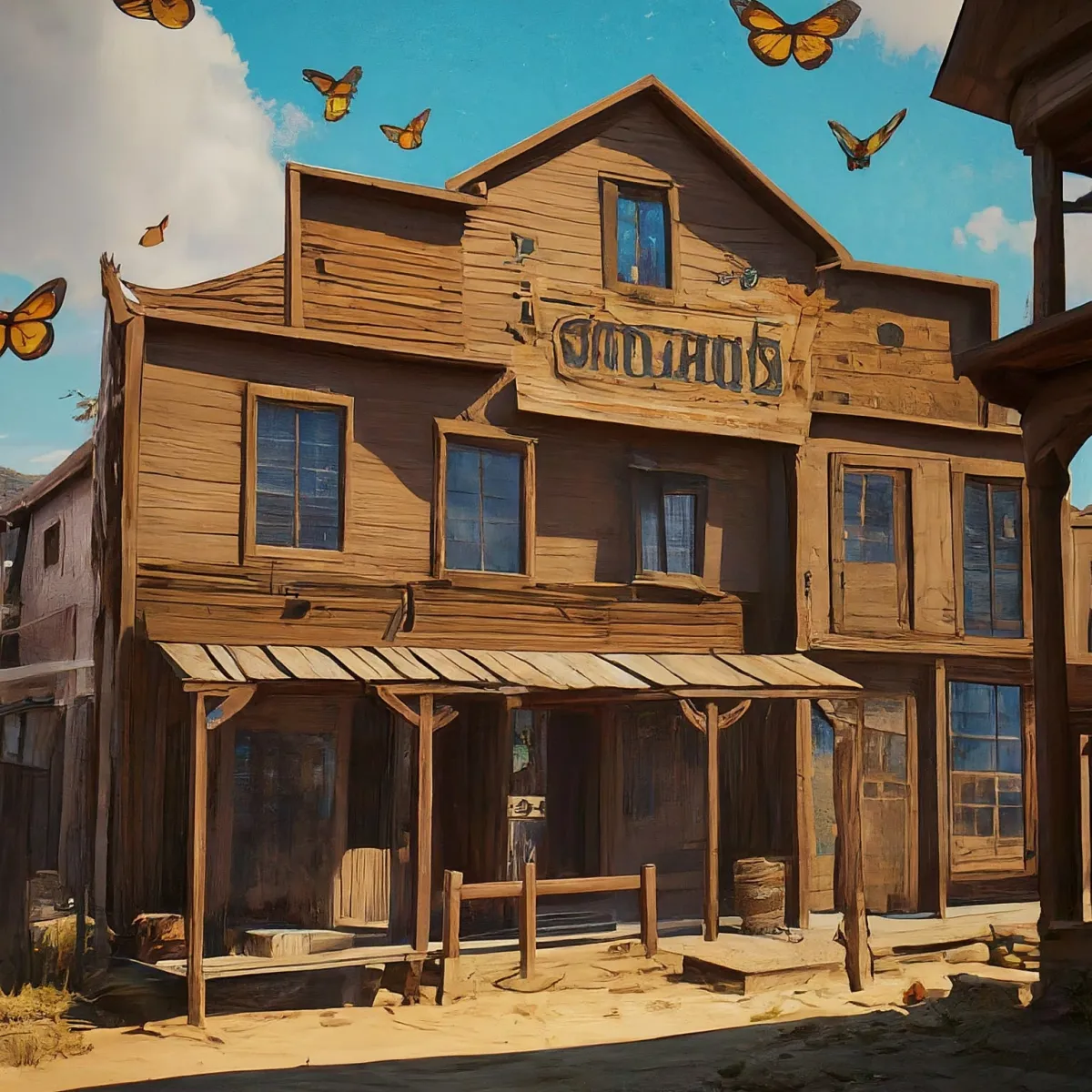

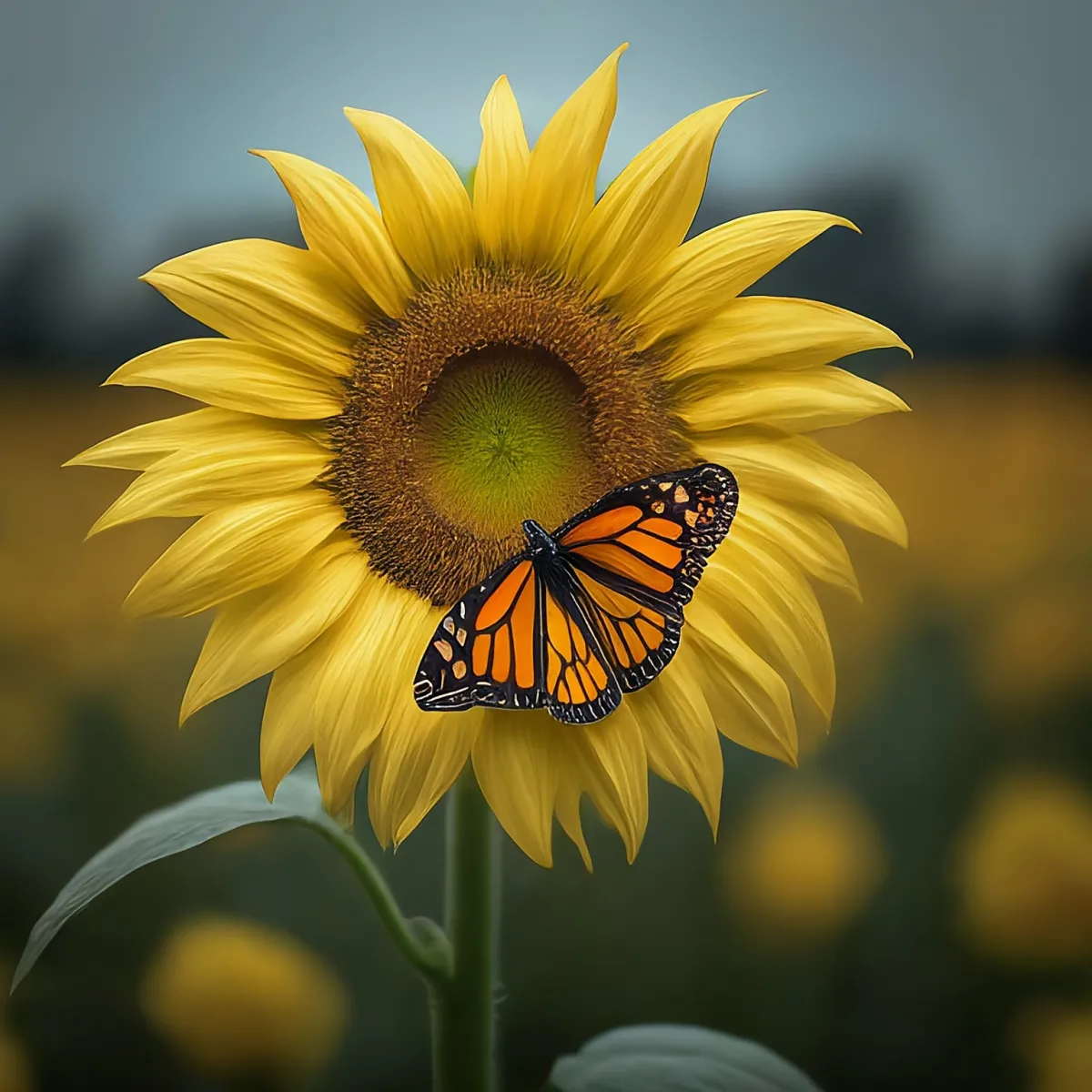
Frequently Asked Questions
The asking hat is better than the not knowing hat!
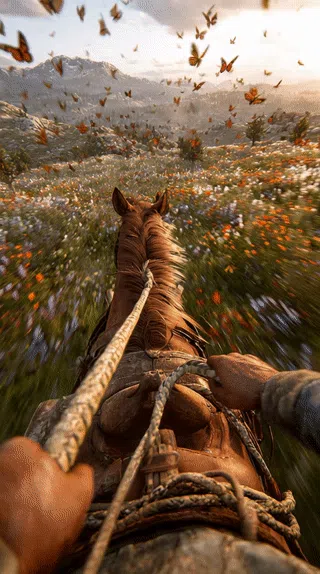
Is there additional parking?
YES, There is another parking lot on Miramar with more parking spaces than the main lot. When you look out the Miramar entrance you should see a sign that says Old Town Overflow Parking Lot.
How do butterflies contribute to the process of pollination in ecosystems?
Butterflies contribute to the process of pollination in ecosystems by visiting flowers in search of nectar. As they feed, they inadvertently transfer pollen from one flower to another, facilitating fertilization and the production of seeds and fruits. This interaction is crucial for the reproduction of many plant species and helps maintain biodiversity in ecosystems. Through their unique relationship with flowers and their role as daytime pollinators, butterflies play an important part in shaping the ecological landscape.
How do butterflies communicate with each other?
Butterflies communicate primarily through visual signals and chemical cues. Visual communication involves the use of colorful wings, specific movements, and postures during courtship rituals. Chemical signals, or pheromones, play a crucial role in indicating readiness to mate, marking territories, and guiding others to suitable locations. Mating rituals, territorial behavior, and interactions with flowers also contribute to their communication strategies. While butterflies lack vocalizations, their diverse and intricate methods of visual and chemical communication are essential for finding mates, establishing territories, and ensuring successful reproduction within their ecosystems.
What are some interesting adaptations that butterflies have evolved over time?
Butterflies have evolved a range of fascinating adaptations over time. Their long, coiled proboscis allows for efficient suction feeding on nectar. Vibrant wing colors and patterns serve multiple purposes, from attracting mates to camouflage and mimicry for defense. Chemical defenses, such as toxins produced by caterpillars, deter predators. Eyespots on wings startle and divert attackers. Taste sensors on their feet help assess plant suitability for egg-laying. Pupae often exhibit protective coloration. Some species undertake impressive migrations, and social behaviors like mud-puddling and courtship rituals contribute to their survival and reproduction. These adaptations highlight the diverse and intricate strategies butterflies have developed to thrive in different environments.
Where do butterfly's lay there eggs?
Female butterflies lay their eggs on specific plants called host plants. The choice of host plant varies among butterfly species, and each species tends to be highly selective. These host plants provide the necessary food source for the developing caterpillars. Examples include monarch butterflies laying eggs exclusively on milkweed plants and swallowtail butterflies choosing specific trees and shrubs. The selection of host plants is crucial for the survival of butterfly larvae. Creating a diverse garden with suitable host plants is essential for attracting and supporting butterflies throughout their life cycle.
What do butterflies eat?
Butterflies eat through a specialized feeding structure called a proboscis. When they land on a flower, they uncoil their proboscis to reach the nectar. The proboscis acts like a straw, allowing butterflies to suck up the sugary liquid. They use chemoreceptors on the proboscis to taste and assess the nectar's chemical composition. Butterflies primarily feed on nectar, and their proboscis is crucial for obtaining nutrients from flowers.
LEARN ABOUT OTHER FAMOUS OLD TOWNS: Old Town San Diego, Old Towne Orange, Old Town San Clemente, Old Town Monrovia, Old Town Tamecula, Old Town Pasadena, Old Town Sacramento, Old Town Bern, Old Town Stockholm, Old Town Prague, Old Town Lijiang, Old Town Alexandria, Old Town Albuquerque, Old Town Cottonwood, Old Town Quedlinburg, Old Town Rothenburg ob der Tauber, Old Town Marienplatz Munich, Flipside Point, Alexanderplatz Old Town Berlin, Old Town Chicago, Old Town Kissimmee Florida, Phuket Old Town, Old Town Asakusa, Old Town Madrid Major Square, Kraków Old Town, Old Town London Piccadilly Circus,
This website is owned and operated by (c) 2025 - University of San Clemente Inc.
